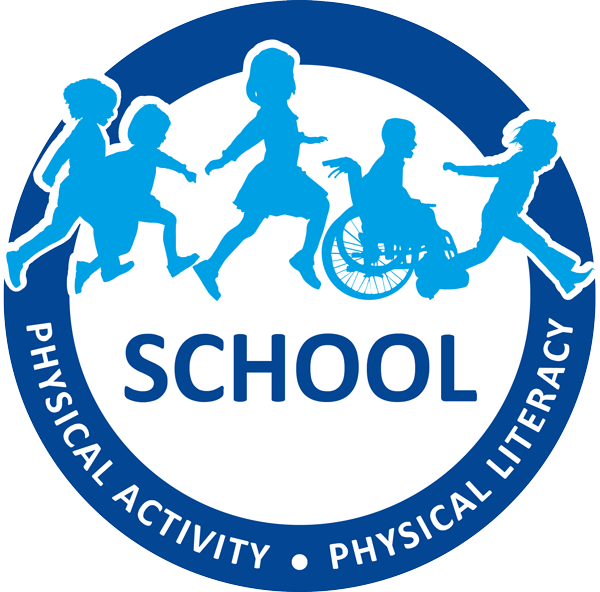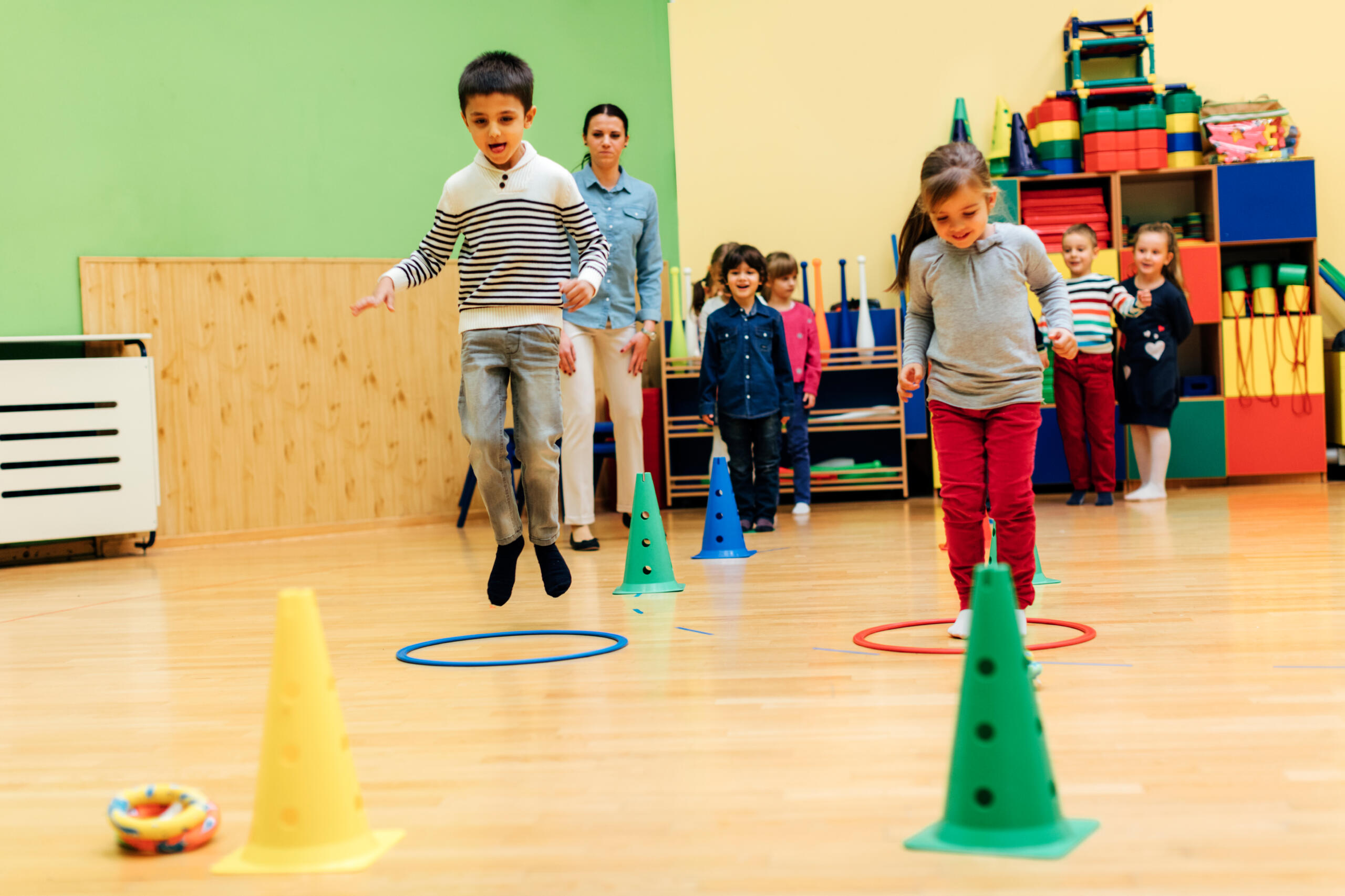We know movement is essential at a young age, but why? Lots of reasons!
Various types of physical activity help develop fundamental movement skills. And, students who are developing confidence, competence and motivation around fundamental movement skills are more likely to stay active and engage in other physical activities.
Bonus? Physical activity offers various benefits for the bones, heart, muscles and mind, making incorporating different physical games and activities into the school day important!
Types of Physical Activity & Their Benefits
- Running, jumping or hanging from parts of the playground strengthen students bones, heart and muscles.
- Running, jumping rope or other heart-pumping activities build stamina and can improve students’ sleep!
- Squatting, spinning around and other stationary movements strengthen the brain-body link.
- Playing with small toys, crayons or other small items help develop fine motor skills.
- Any type of moderate or vigorous physical activity improves learning, memory and focus!
Ways to Support Development During the School Day
Physical activity isn’t just something for gym time—lots of the above activities can be incorporated throughout your school day! Intertwining physical activity and other subjects helps build brain and body development.
Looking for more opportunities to incorporate physical activity in your class? PLAYBuilder, an online platform, has many cross-curricular games and activities to implement into your school schedule!


